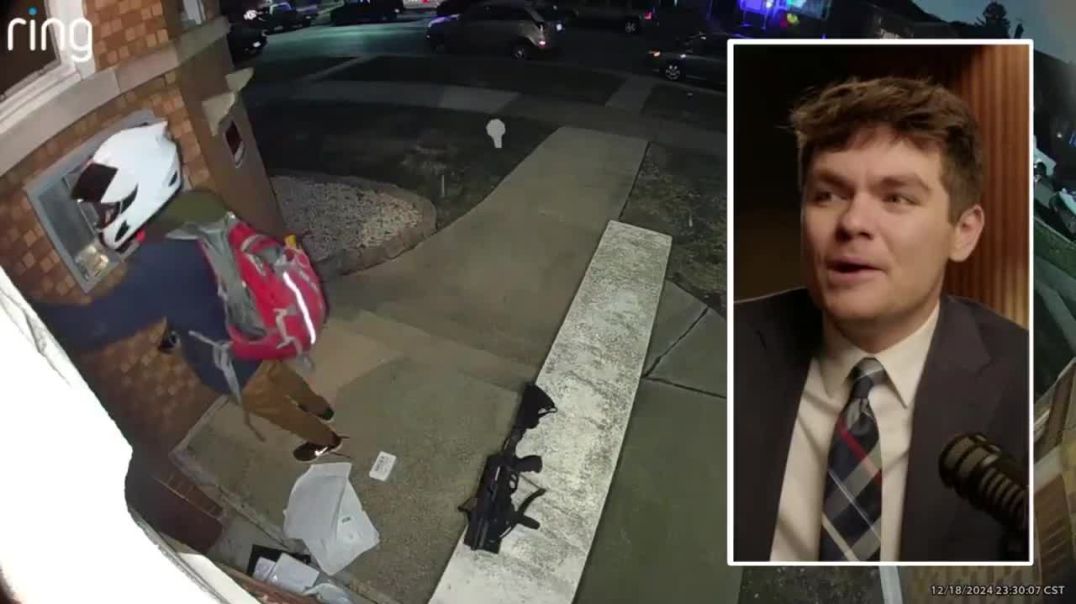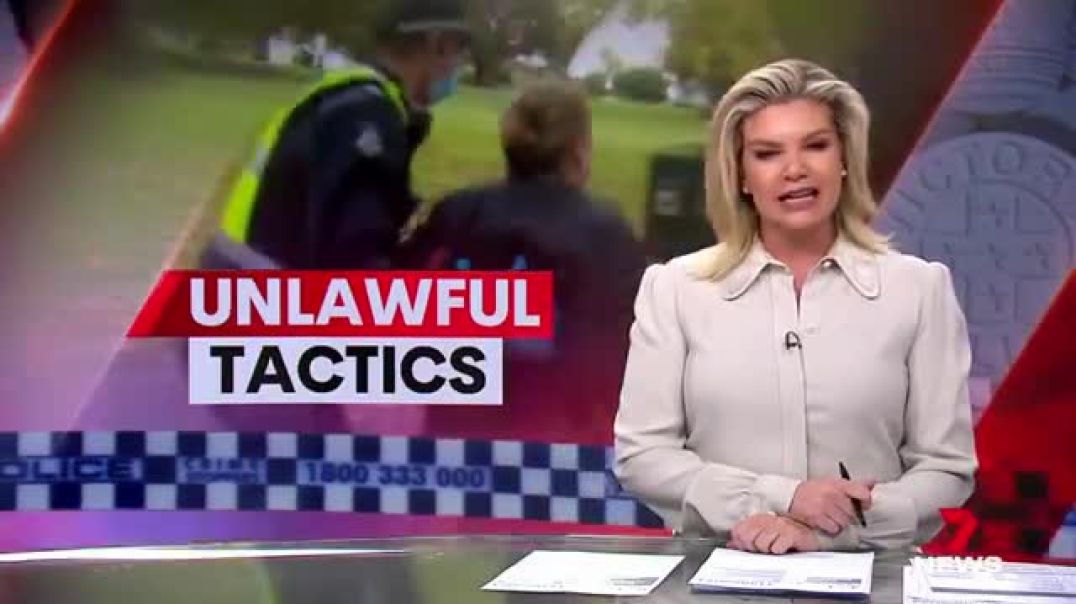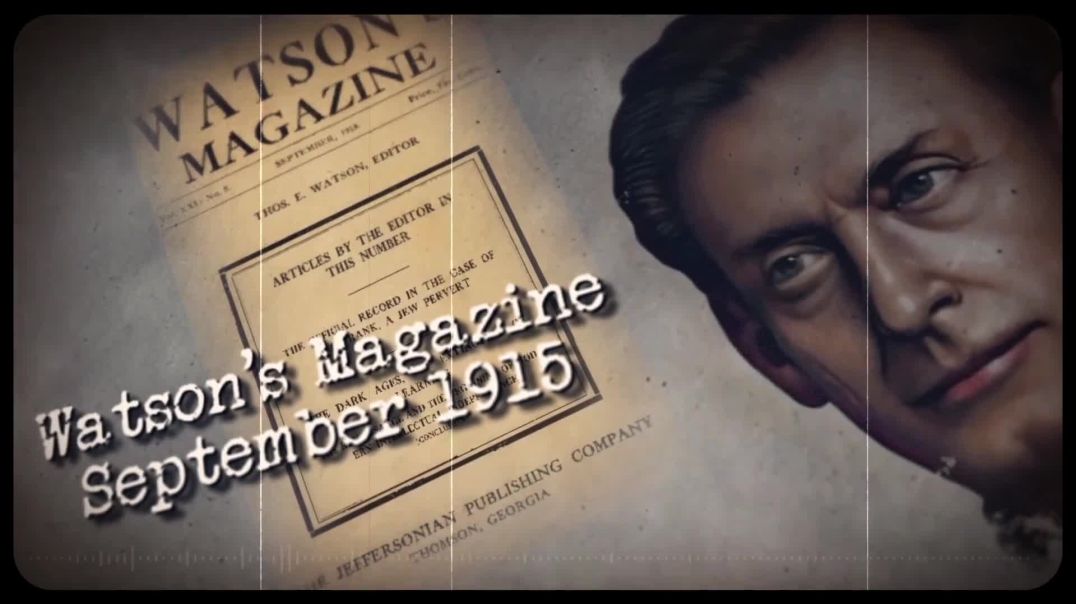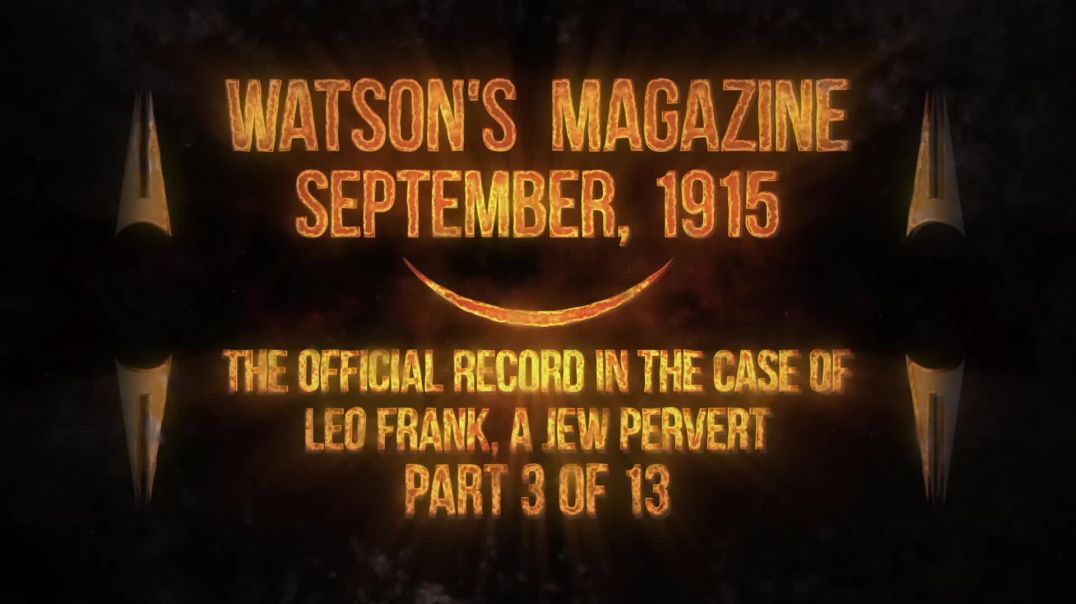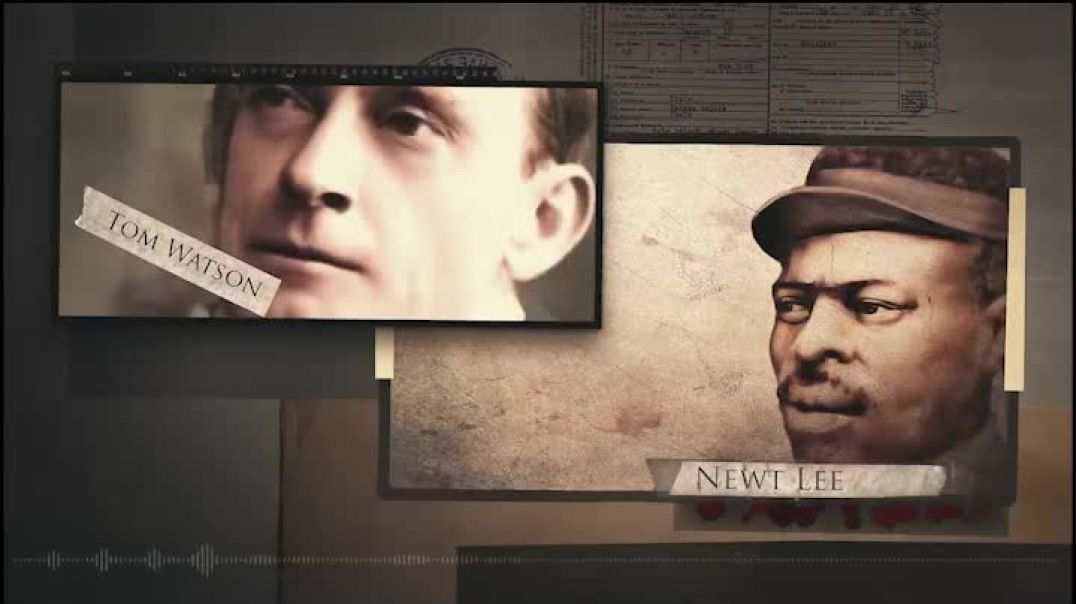Please donate now to help fund our work
- Film & Animation
- Music
- Pets & Animals
- Sports
- Travel & Events
- Gaming
- People & Blogs
- Comedy
- Entertainment
- News & Politics
- How-to & Style
- Non-profits & Activism
- McIntyre Report
- Jamie McIntyre uncensored
- RAW Report
- Candace Owens
- Steve Kirsch
- Tucker
- Bongino
- Elon musks
- Alan Jones Australia
- RT News
- Wayne Crouch Show
- Other
Leo Frank Case - Judge Leonard Roan's Instructions To The Jury At Leo Frank's Rape-Murder
Leo Frank was convicted on Monday, August 25, 1913, following the jury instructions provided by Judge Leonard Roan. Leo M. Frank was accused of choking Mary Phagan with a cord that was wrapped around her neck in an unlawful manner and with premeditation to kill and murder her. The jury was sworn to hear the case after the defendant entered a not guilty plea to the charge. The State had to prove its case by providing the jury with proof that proved the defendant's guilt beyond a reasonable doubt because the presumption of innocence was in the defendant's favor. Although beyond a reasonable doubt, the jury was not required to find him guilty.
Murder is defined as the unlawful killing of a human being in the peace of the State by a person of sound mind and discretion with malice of forethought, either express or implied. Express malice is the willful intent to unlawfully take another person's life that is demonstrated by external circumstances that can be used as evidence. When there is little to no indication of provocation and the entire situation surrounding the murder suggests a heartless, malicious intent, malice is presumed. Malice in a legal sense refers to a general evil plan rather than specific animosity toward the deceased. If a homicide is established to have been committed by the defendant, the law presumes that the defendant acted with malice, and the slayer may be found guilty of murder absent compelling evidence to the contrary.
Proof that the defendant committed the murder eliminates the presumption of innocence. It is the defendant's responsibility to defend the homicide after it is established that the defendant committed the murder. The rules of evidence, which are intended to discover the truth, are the most crucial details in this text. Direct evidence that directly refers to the subject at hand is the best type of evidence. Indirect or circumstantial evidence is that which only tends to establish the matter by proving various facts supporting by their consistency the hypothesis claimed to warrant a conviction on the basis of circumstantial evidence.
In addition to excluding all other reasonable doubt hypotheses other than the accused's guilt, the proven facts must be both consistent with and exclude the hypothesis of guilt. In a criminal case, the defendant has presented testimony attesting to his moral character, which the jury should take into account as one of the case's facts. Like any other substantial fact tending to establish the defendant's innocence, good character should be weighed and estimated by the jury. However, the jury must convict if the accused's guilt is established beyond a reasonable doubt and to their satisfaction.
The most crucial information in this passage is that the jury may take into account the defendant's good character if the rest of the testimony raises reasonable doubts about whether or not the defendant is guilty.
If the jury's perception of the defendant's guilt is reasonably raised by the consideration of the evidence and the defendant's good character, then the jury has a duty to grant the defendant the benefit of the doubt created by this and to find the defendant not guilty. When the term "character" is used in this context, it refers to the overall impression that person made on those who knew him before Mary Phagan passed away. When a defendant calls into question his character, the State is free to refute it by demonstrating that his reputation in general is not good or by demonstrating that the witnesses who have claimed that his character is good have misrepresented it.
The defense witnesses for the defense who were introduced to attest to his good character have the right to cross examine, and the Solicitor General has the right to pose any questions in this vein. The jury is not to consider this as evidence that the defendant has been guilty of any such misconduct unless the alleged witnesses testify to it, which is one of the most crucial details in this text. The Solicitor General was permitted to question the defendant's character witnesses about their knowledge of various acts of alleged misconduct on the part of the defendant.
Furthermore, when the defendant has called into question his character, the State is free to call witnesses to refute those who claim his character is strong by showing that it is weak overall. This testimony may be used by the jury, and they have the right to do so along with any other evidence that has been presented regarding the defendant's general character. To be found guilty of the crime for which they are accused, a defendant must, however, be proven guilty beyond a reasonable doubt based on all other evidence in the case. The most crucial information in this text is that the jury can acquit the defendant if they think that the defendant's overall character was strong before Mary Phagan's death. However, if the jury finds the defendant guilty of murder beyond a reasonable doubt, they have the option of convicting him and punishing him with the death penalty by hanging him from a tree until he dies.
The defendant would have to accept the most severe punishment for murder, which is to be hanged by the neck until he dies, if the jury decides not to proceed with the case. The jury has been instructed by Judge Roan that the court must sentence the defendant to life in prison if the jury finds him guilty and recommends that he be held in a penal institution. The defendant's statement, which is not made under oath and is not open to questioning or cross-examination, has been heard by the jury. If the evidence raises a reasonable doubt in the jury's minds, they may acquit the defendant and state in their verdict: "We, the jury, find the defendant not guilty.". Judge Roan concluded his charge to the jury by stating that if the jury found the defendant not guilty, the court would have to sentence him to life in prison.
The jury began deliberation at 01:30 p.m. and at 04:39 p.m., they came to a unanimous decision. After a second and final vote, the verdict was guilty as charged and sentencing recommendation was without mercy, implying a death sentence for Leo Frank. The verdict was delivered to Judge Leonard A. Strickland Roan at 04:56 p.m. and each jury member was polled individually.



